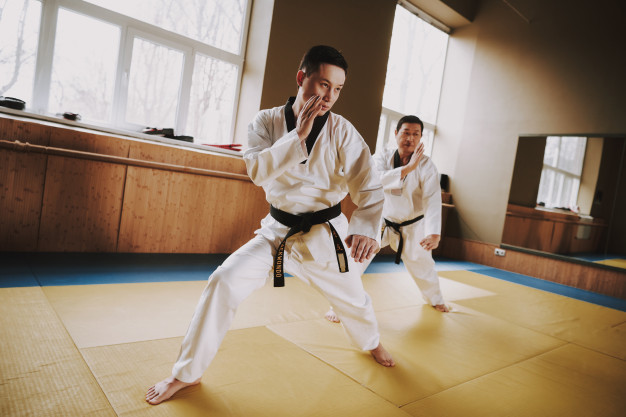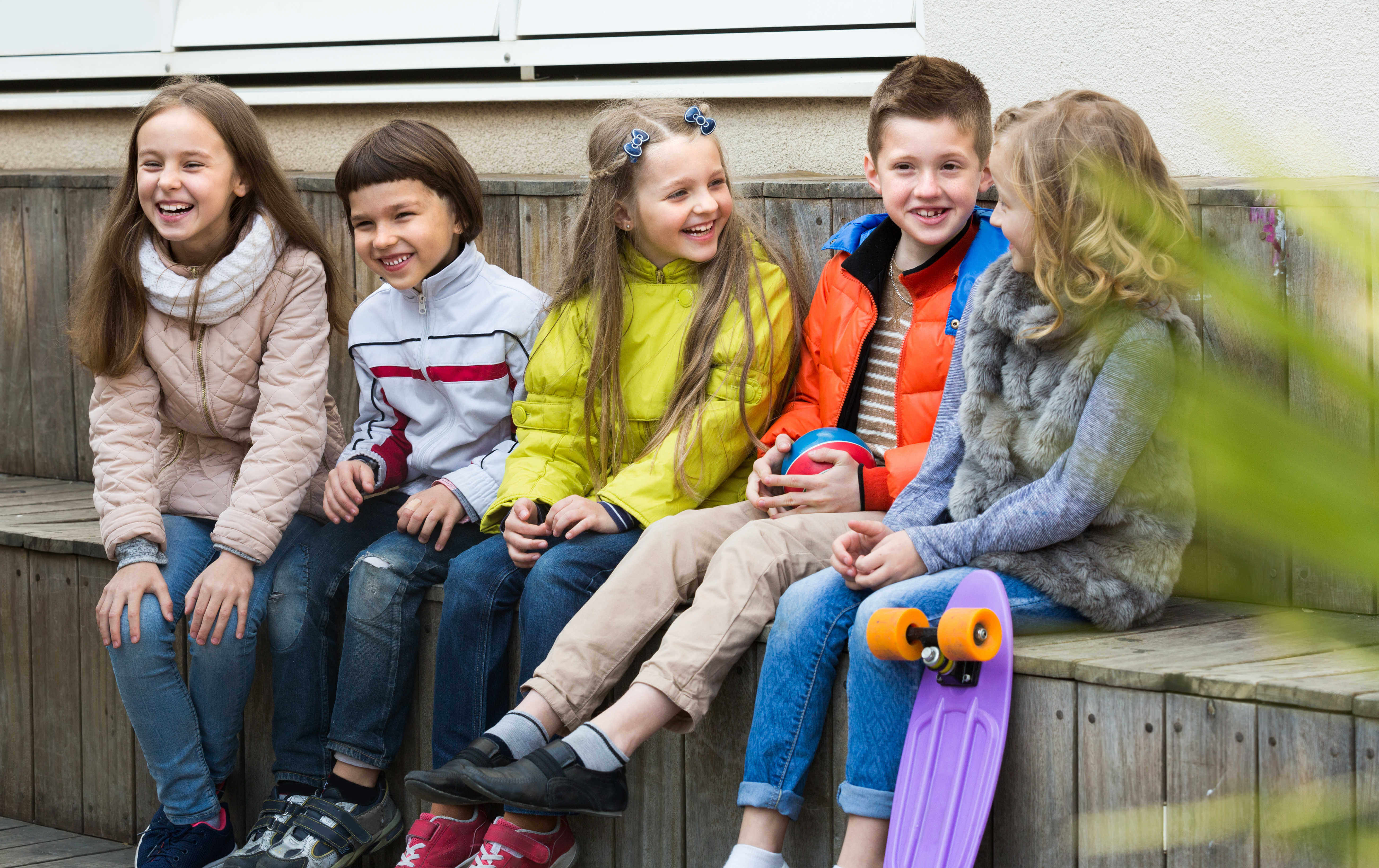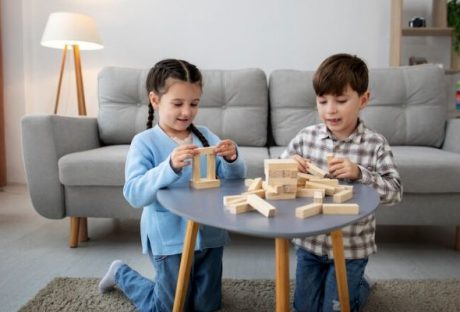Let’s face it: we now live in an age when tablets, smartphones, and other gadgets dominate children’s daily lives. It’s a surefire distraction, considering how these technological marvels carry apps and/or programs specifically designed to pass time, alleviate boredom, and entertain us But It’s also important to learn Martial Arts.
Almost gone are the days when our children’s summers feature chopping wooden boards in Karate classes, like today, their eyes – and fingers – are mostly glued to different mobile devices. We always condition ourselves that it’s never too late to change for the better; part of this mantra is to occasionally veer our eyes away from technology and experience the real world through real activities.
Yes, it’s sometimes hard to watch our young ones engage in physical endeavors like martial arts – with all the jumping spinning kicks, painful joint locks, and hard throws. It’s even harder seeing them spar with kids seemingly twice their size.
Now if we can look past these obvious, unavoidable risks, we, as parents, can open our eyes to the true benefits of martial arts to our youngsters. With that, here are some of the reasons to encourage kids into an active lifestyle.
Benefits of Martial Arts for Kids
Promotes Self-Discipline:
Martial arts won’t transform your child overnight into a walking weapon or any of the fictional characters we see on-screen. However, it’s a sure-fire way to teach them the value of self-discipline.
It’s become quite the norm that kids these days are so used to getting what they want – somewhat taking the easier route towards instant gratification. By training in martial arts, they’ll be more exposed to the physical and mental challenges of learning how to deal with delayed gratification.
This, in more ways, can also permeate to other areas of life, as well.
Encourages a Healthy Lifestyle:
What better time to introduce young ones to the apparent joy that is sweating it out in the gym and learning a specific discipline than through martial arts. Aside from acquiring useful life skills, children can develop a one-of-a-kind love for a healthier lifestyle at an early age.
This may be way too shallow to be a reason to get children into martial arts, but most of us know how aesthetically important it is for the younger generation to be fit and healthy, especially with how common a sedentary lifestyle is today. In all seriousness, though, being physically active not only makes them look good, they’ll also feel good from within with all the endorphins flowing through their veins.
Basically, martial arts can put them in an overall better position – mentally and physically – for years to come.
Read more: Easy Ways To Live A Healthier Lifestyle
Fosters Camaraderie:
To the naked eye, any form of martial arts is an individual venture wherein an athlete tests his or her mettle against an opponent, mano y mano. However, what we don’t see are the people behind the artist who train, condition, and, of course, bond with them.
Martial arts – or any type of sport for that matter – offers a great avenue to form friendships, which in turn cultivates teamwork. This is beneficial for kids, especially at a young age, as they get exposed to the dynamics of working with different types of individuals with various personalities.
This, as stated earlier, can translate outside the four corners of the gym and into the real world when they grow up.
Builds Coordination:
With the repetitive movements during martial arts training, a child’s muscle memory will begin to develop well. It will develop to the point that these become somewhat second nature. As their fundamentals improve through continuous practice, motor skills such as hand and foot placement develop with laser-like precision.
Improved coordination helps their reaction time, whether inside the gym or almost in every facet of their daily lives. In addition, a well-coordinated body exudes confidence, as well as diminishes the risks of injuries.
Through constant repetition, children also develop vital training facets such as spatial awareness, distance judgment, and quick acceleration.
In Conclusion:
Encouraging children to be involved in physical activities at an early age carries with it ample benefits. When we say this, it doesn’t mean we eliminate or discourage the aforementioned digital sources of happiness and satisfaction.
Indeed, everything boils down to priorities. So, whether your kid goes to Karate or Taekwondo classes, or rolls with the big boys in Brazilian Jiu-Jitsu, or maybe even hit pads during Muay Thai sessions, it’s absolutely important for parents to inspire them to take the necessary steps toward a well-balanced lifestyle.
Come to think of it, it shouldn’t be that hard convincing them to take up any form of martial art. After all, being even just a vestige of the shadow of their favorite high-flying, quick-kicking, fast-punching fictional character isn’t that bad.
Read Also:






















